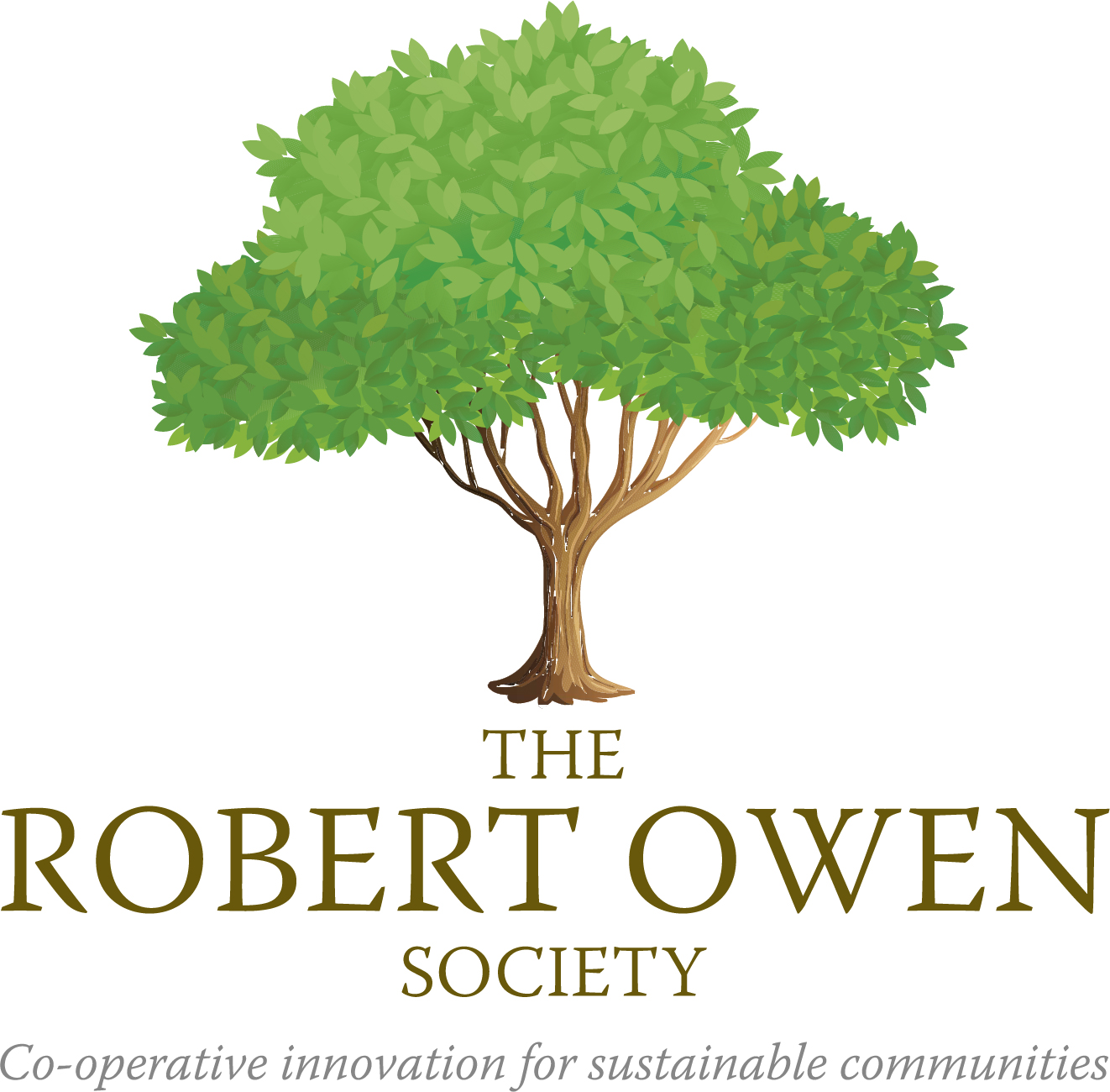
Since 1908 when Kenya’s first co-operative society was formed, the sector has continued to grow, becoming one of the world’s great.
Currently ranked first in Africa and seventh internationally, the co-operative movement has made significant milestones.
In particular, Savings and Credit Co-operatives Societies, SACCOs, have been billed as the fastest growing subsector in the world by among others World Council of Credit Unions (WOCCU)
According to the Ministry of Trade and Industrialisation statistics, co-operative enterprises have generated employment opportunities for over 500,000 people and indirectly for more than 3 million.
The Kenyan Deposit Taking Saccos call the shot as they have remained robust concerning all the parameters on growth performance.
Saccos Societies Regulatory Authority (SASRA) 2019 Sacco annual supervision report shows the subsector is proliferating in the face of stiff competition and disruption of the new technology.
Such growth explains why Saccos are becoming increasingly popular in Kenya, providing an alternative to banks for low and middle-income earners who need financing.
When the government introduced interest rate capping, most banks avoided advancing loans to small business enterprises owners and other low-income earners who they considered risky. Saccos remain the only option for such groups as the scramble for borrowing between the government and ordinary Kenyans in banks intensifies.
Saccos model is designed to enable autonomous without government subsidies, and they exist not for profit-making but for their service to members.
They provide loans at relatively low-interest rates, which has attracted more members contributing to their growth across Kenya.
The terms and conditions for getting a loan through a SACCO are not inflexible; members guarantee each other, while a bank will require a title deed, among other collateral and requirements which one may not have.
There is not so much pressure when making payments to the Sacco, but with a bank, when the time for repayment comes, they want their money fast, as many co-operators attest.
Besides, members are the Sacco owners, and net profits are shared between all members in the form of dividends, based on a member’s shareholding percentage. Members through annual general meetings are the supreme decision making organ.
Research by the International Labor Organization indicates about seven per cent of the African population is affiliated to some type of financing co-operative.
In Kenya, those co-operatives are giving a significant boost to the country’s economy through people who, in all likelihood, could not get financing any other way. This notwithstanding their profound role in enhancing the savings culture in the community.
Apart from the enactment of the Co-operative Societies Act No. 12 of 1997 that removed utterly the government’s role in the affairs of co-operative societies resulting in a near-collapse of the entire co-operative movement in the country, the sector has remained firm and meteorically rising to Africa’s top.
The government has come up with a well laid governing and regulatory policies and bodies. Corrupt individuals in co-operatives have been put on the spot.
These days it’s hard for members in registered and licensed co-operative societies to lose money as the government continues to tighten the nut on management.
Sacco societies have proven a great vehicle in poverty eradication and offering the best returns for members’ investments.
